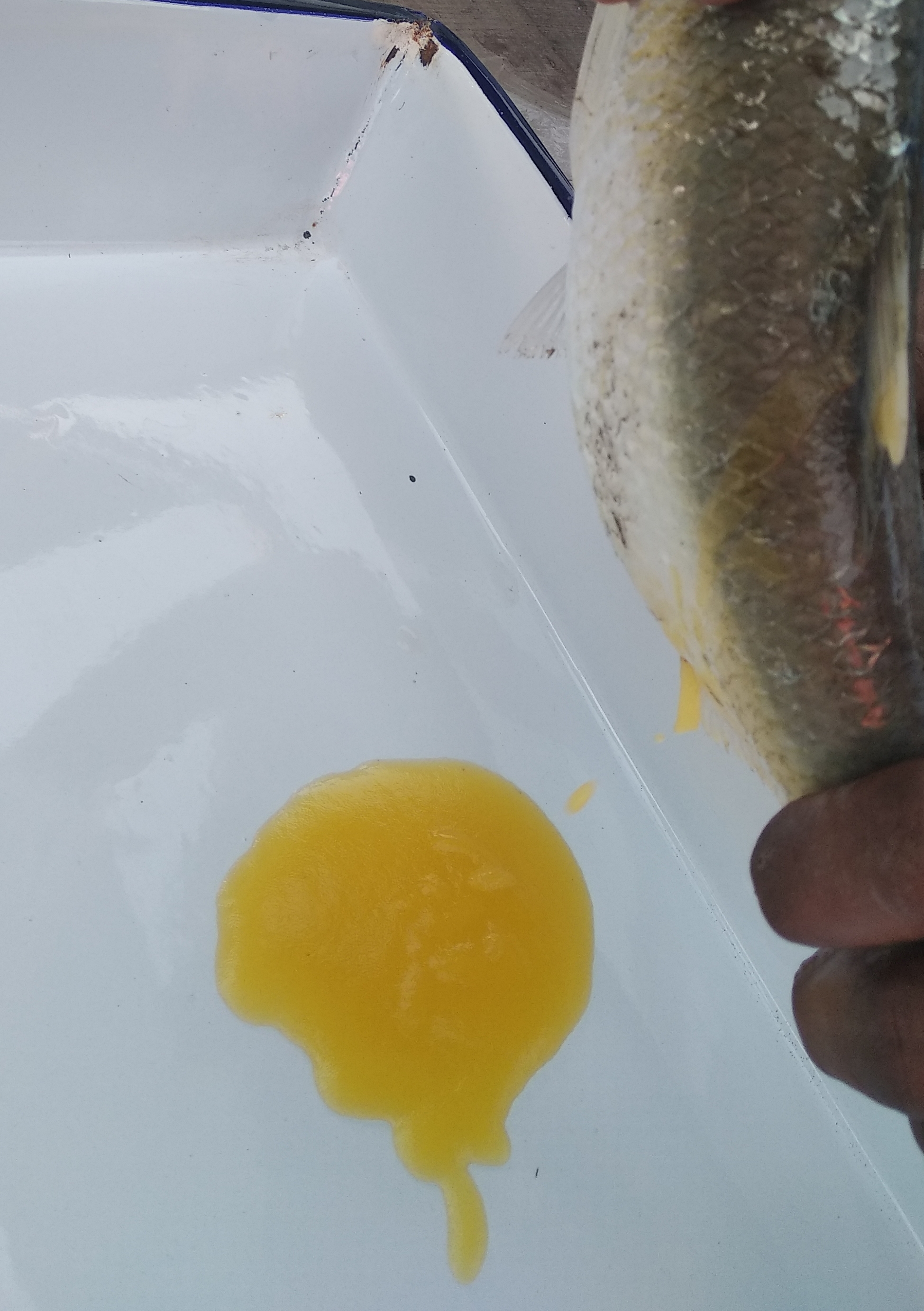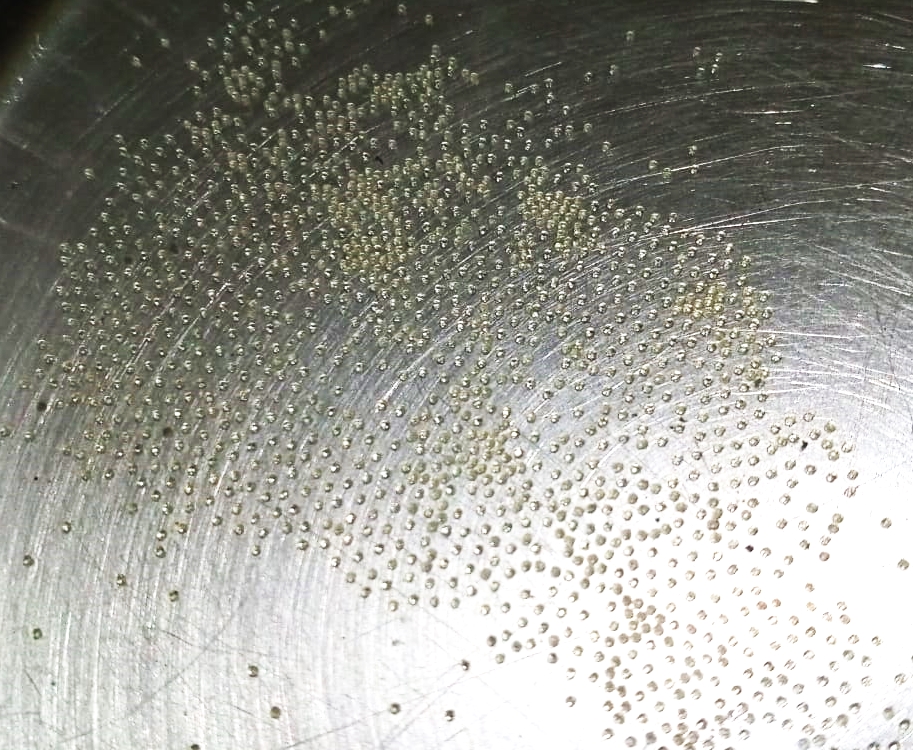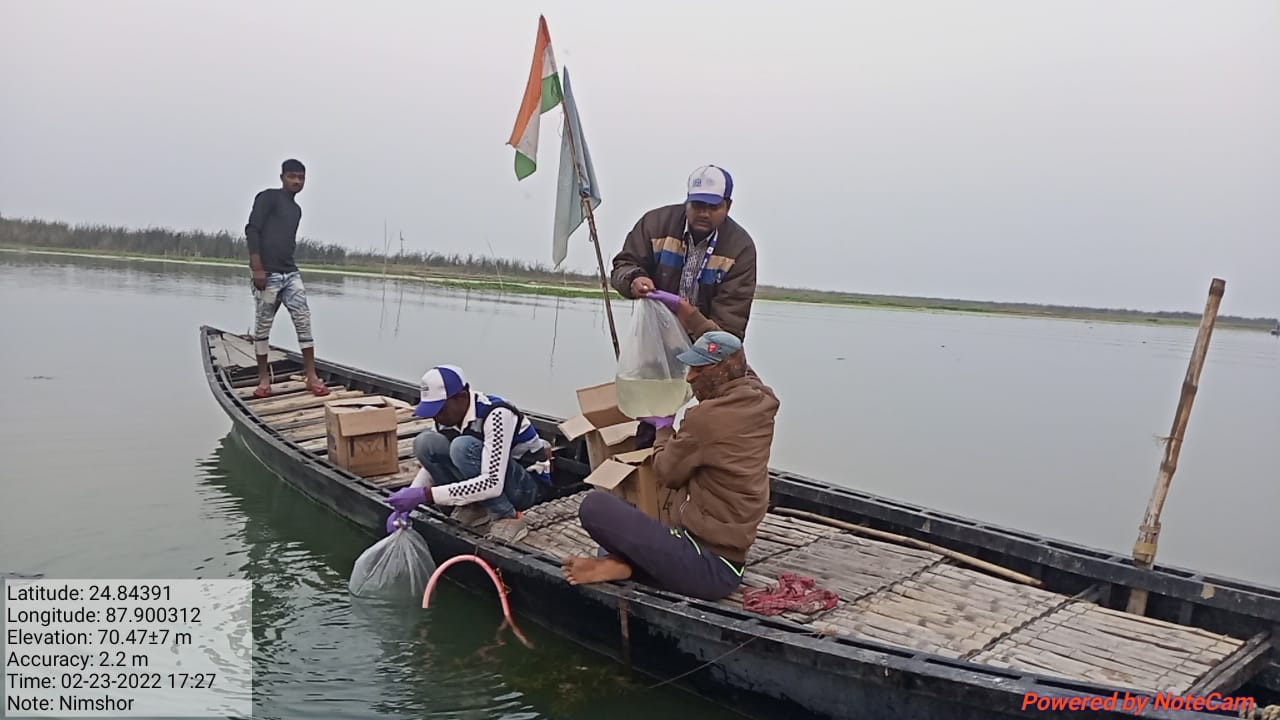Overview
Publications
Recruitment
Intranet
CIFRI Corners'
1st March, 2022
ICAR-Central Inland Fisheries Research Institute, Barrackpore for the first time ranched 1,80,000 fertilized hilsa eggs in the river Ganga at the upstream of Farakka barrage, as an attempt towards hilsa fisheries restoration in the river Ganga. Hilsa is an iconic species in Ganga-Brahmaputra-Megna (GBM) basin and mostly preferred by the people of West Bengal and Bangadesh.



Updated on 02/03/2022










